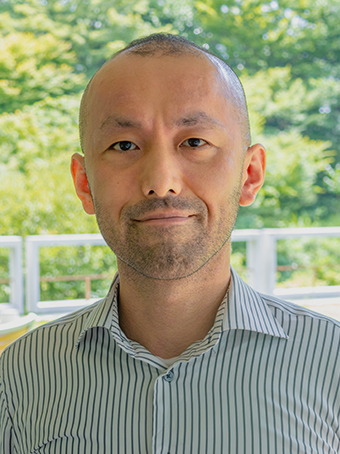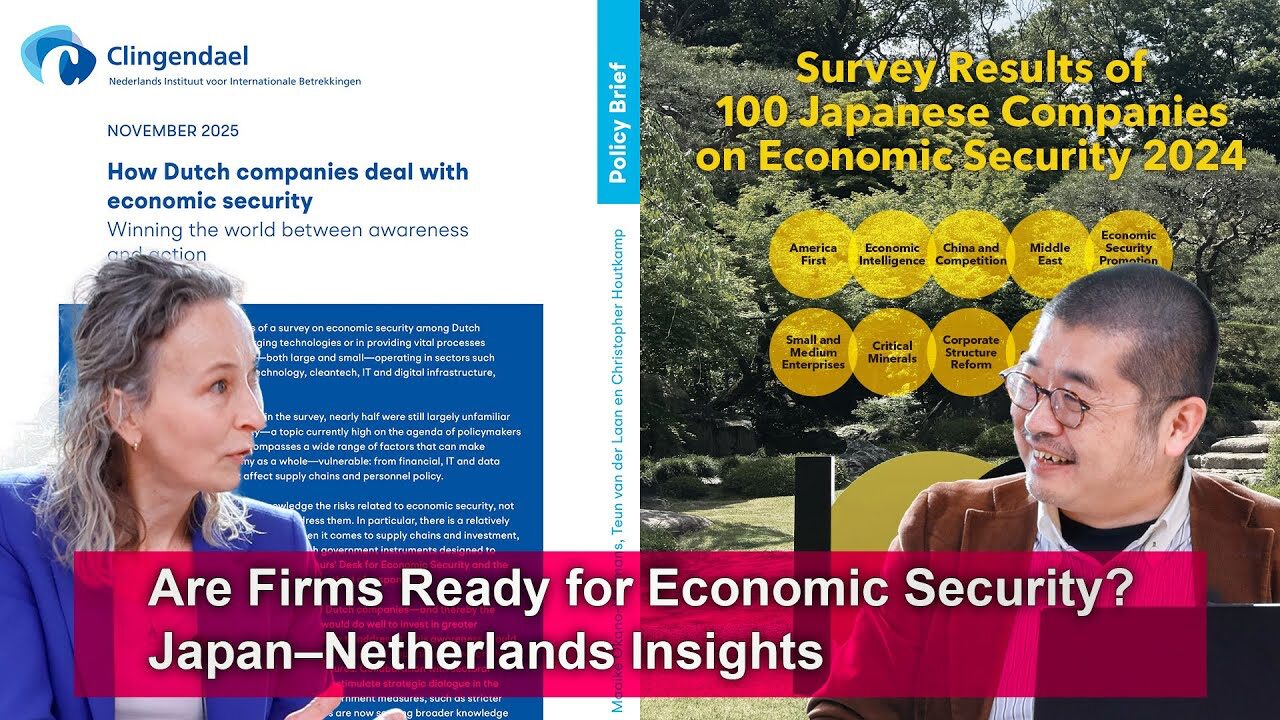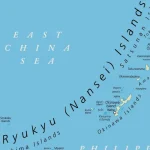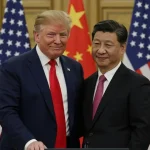Is China overproducing highly qualified talent?

According to UNESCO, the country's higher education enrollment rate surged from 29% in 2012 — when Chinese leader Xi Jinping came to power — to 72% in 2022. For comparison, Japan’s rate was 65% the latter year.
Traditionally, the educational system is shaped like a pyramid, with fewer students advancing to higher levels. Yet, a notable phenomenon has emerged in China known as “benyan daogua”: A reversal in the number of undergraduate and graduate students.
This trend is not universal across China — nationally, undergraduate admissions still dominate — but is primarily observed in a subset of research-focused universities.
In recent years, research universities have significantly expanded their graduate programs. Government-favored institutions such as Peking, Tsinghua, Tongji and Shanghai Jiao Tong Universities boast many master’s and doctoral programs, and this tendency is now gaining traction even in nonelite colleges, highlighting its spread.
Benyan daogua goes beyond a mere inversion between undergraduate and graduate numbers. At its core lie intense academic competition in China and a growing drive to attain higher-level degrees.
However, even in such a vast nation, the demand for employment opportunities corresponding to such advanced educational achievement cannot be fully satisfied. This has resulted in what could be described as an “overproduction” of highly qualified talent.
Consequently, large numbers of Chinese students are pursuing graduate studies abroad, exporting hypercompetitive Chinese-style education and creating new challenges for the international community.
The rise of benyan daogua
This situation has been shaped by a variety of factors spanning the state, society, universities and individual choices. Historically, China has placed a strong emphasis on education and talent development and this has intensified under Xi, whose administration prioritizes cultivating scientific and technological capabilities. For example, last July, the Chinese Communist Party decided to accelerate the establishment of a self-reliant talent development mechanism in response to escalating competition with the United States.
Chinese authorities also view the enhancement of human capital as a way to offset downward economic pressures caused by an aging population. In addition, Beijing aims to sustain productivity growth through intense domestic competition and advanced technological innovation in emerging sectors, with higher education playing a critical role.
Chinese universities are rapidly gaining global prominence. In this year’s Times Higher Education (THE) World University Rankings, Tsinghua and Peking Universities are in 12th and 13th places respectively — by comparison, the University of Tokyo is 28th — with Chinese institutions performing remarkably well overall.
One of THE’s criteria is the ratio of doctoral students to undergraduates and, as research-oriented universities seek to climb the rankings, developing graduate education has become a strategic priority not just for elite schools but for many others seeking to enhance their reputation.
Labor market preferences and individual choices further drive benyan daogua. A commonly cited sentiment in China, that “there are just too many Chinese people,” reflects intense competition across all facets of life. In educational economics, academic qualifications act as a signal to employers of candidates’ capabilities.
In a populous nation, this signaling effect is even more critical. Graduates with advanced degrees often enjoy better career prospects and favorable treatment in both the public and private sectors. As higher education has become increasingly accessible, people strive for ever-higher academic credentials to stand out, even if they have no intention of pursuing careers in research.
This escalation has triggered a feedback loop: Some employers now require master’s-level education or higher, fueling credential inflation. The result is an intensifying cycle of academic signaling between job seekers and employers, exacerbating China’s reliance on educational qualifications as the ultimate benchmark for opportunity.
Talent supply and demand mismatch
While the pursuit of higher degrees and career advancement is desirable, China’s rapid changes raise concerns, such as the quality of graduate education.
Many universities are ill-prepared and poorly resourced to ensure the quality needed to accommodate a rapidly increasing number of students, resulting in the latter being used as inexpensive intellectual “workers” for their advisers — frequently tasked with labor-intensive activities such as data cleaning and information gathering.
China also faces the pressing issue of youth unemployment. Graduates from prestigious universities — where benyan daogua is most prevalent — often aspire to white-collar positions, which are nearing a point of saturation. Meanwhile, industries with high demand for blue-collar workers suffer from chronic labor shortages, creating a severe mismatch.
Continuously increasing graduate student numbers is viewed by some as a way to prevent unemployment among undergraduates. However, this approach merely postpones the issue by a few years: With youth unemployment remaining high, students without job offers often express despair, encapsulated in the bitter irony of phrases such as “graduation equals unemployment.”
Exporting hypereducation
While benyan daogua primarily concerns Chinese universities, its impact extends well beyond China’s borders.
Traditionally, the country’s students have favored destinations like the U.S. and United Kingdom for their graduate studies. However, in recent years, rising geopolitical tensions have prompted a shift toward Asian institutions, including in Japan and Hong Kong.
Chinese graduate students often possess formidable academic skills, honed through fierce domestic competition, making them highly competitive in host countries’ academic and labor markets. At the same time, many of these students seek to bypass cutthroat competition at home and enjoy better treatment abroad, adding to a mass migration that parallels the outflow of Chinese-made goods toward global markets.
All this has geoeconomic implications. In the U.K., elite institutions have seen a surge in Chinese doctoral students, creating a dependency on tuition revenue and research contributions from this group that is increasingly viewed as a geopolitical risk, prompting calls for de-risking education.
The involvement of foreign students in research raises concerns around research integrity and the potential leakage of sensitive technologies. To mitigate these risks, universities are being urged to adopt measures such as preventing information leaks, implementing strict data management protocols and closely monitoring who can access sensitive materials.
Just as open trade fosters economic benefits, the free movement of students promotes open science and generates significant advantages — but China’s overproduction of highly qualified talent mirrors the geoeconomic challenges posed by the deluge of Chinese products on world markets.
Many Chinese graduates have made invaluable contributions to their host universities. On the other hand, these institutions are made vulnerable if they rely too heavily on students from a single country.
While new economic security measures in higher education may appear to contradict the principles of shared science, clarity about their rationale and scope can help alleviate concerns. This, in turn, allows academic and research activities to remain as accessible and collaborative as possible.
Striking a balance between openness and regulation is essential to preserve the internationalized university environment that so many have benefited from.
(Photo Credit: VCG/ Aflo)
[Note] This article was posted to the Japan Times on Apri 11, 2025:
https://www.japantimes.co.jp/commentary/2025/04/11/world/china-universities-graduates-youth-unemployment/

Geoeconomic Briefing
Geoeconomic Briefing is a series featuring researchers at the IOG focused on Japan’s challenges in that field. It also provides analyses of the state of the world and trade risks, as well as technological and industrial structures (Editor-in-chief: Dr. Kazuto Suzuki, Director, Institute of Geoeconomics (IOG); Professor, The University of Tokyo).
Disclaimer: The opinions expressed in Geoeconomic Briefing do not necessarily reflect those of the International House of Japan, Asia Pacific Initiative (API), the Institute of Geoeconomics (IOG) or any other organizations to which the author belongs.


Senior Research Fellow
Senior Research Fellow of the China Group at the Institute of Geoeconomics (IOG). Doi specializes in China and the world (geoeconomic issues, such as development finance and emerging technologies), and global governance in the social development sectors, including education and health. He graduated from the University of Kitakyushu with a B.A. in International Relations (Contemporary China Studies) and a Master of Public Policy from the University of Tokyo. Doi joined the Japan International Cooperation Agency (JICA) in 2008, where he worked on the implementation of the Japanese government’s foreign aid to China at the JICA Beijing Office and conducted financial investments in economic and social infrastructure, sovereign credit risk analysis and research on China’s development cooperation with the Global South at the Africa Department. In 2018, he began his doctoral studies in the Department of Education Economics at Peking University in China, where he received his PhD in Public Policy in 2022. Doi served as a senior researcher and advisor at Diinsider Co., Ltd, a China-based international development consultancy, and as an adjunct researcher at the Center for the Study of International Cooperation in Education, Waseda University, before being appointed to his current position in August 2024. His research has been published in books by international publishers, including Routledge and Springer Nature, as well as in international peer-reviewed journals such as Development Policy Review, Higher Education Research & Development, Public Health Action, and Compare. [Concurrent Positions] Adjunct Researcher, Center for the Study of International Cooperation in Education, Waseda University, Japan. (2023-Present) Visiting Lecturer, Department of International Business and Management, Kanagawa University, Japan. (2025-2026).
View Profile-
 Analysis: Ready for a (Tariff) Refund?2025.12.24
Analysis: Ready for a (Tariff) Refund?2025.12.24 -
 China, Rare Earths and ‘Weaponized Interdependence’2025.12.23
China, Rare Earths and ‘Weaponized Interdependence’2025.12.23 -
 Are Firms Ready for Economic Security? Insights from Japan and the Netherlands2025.12.22
Are Firms Ready for Economic Security? Insights from Japan and the Netherlands2025.12.22 -
 Is China Guardian of the ‘Postwar International Order’?2025.12.17
Is China Guardian of the ‘Postwar International Order’?2025.12.17 -
 Japan-India Defense in a Fragmenting Indo-Pacific2025.12.10
Japan-India Defense in a Fragmenting Indo-Pacific2025.12.10
 The “Economic Security is National Security” Strategy2025.12.09
The “Economic Security is National Security” Strategy2025.12.09 Event Report: The Trump Tariffs and Their Impact on the Japanese Economy2025.11.25
Event Report: The Trump Tariffs and Their Impact on the Japanese Economy2025.11.25 Trump’s Tariffs Might Be Here to Stay – No Matter Who’s in Power2025.11.28
Trump’s Tariffs Might Be Here to Stay – No Matter Who’s in Power2025.11.28 The Tyranny of Geography: Okinawa in the era of great power competition2024.02.09
The Tyranny of Geography: Okinawa in the era of great power competition2024.02.09 The Real Significance of Trump’s Asia Trip2025.11.14
The Real Significance of Trump’s Asia Trip2025.11.14











